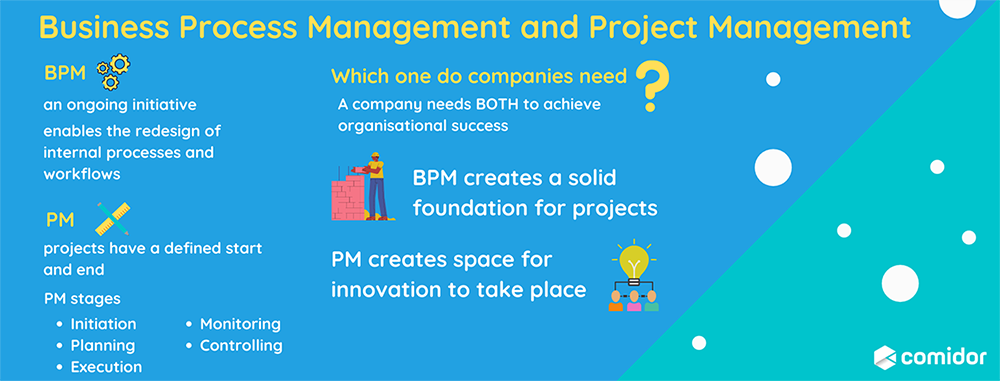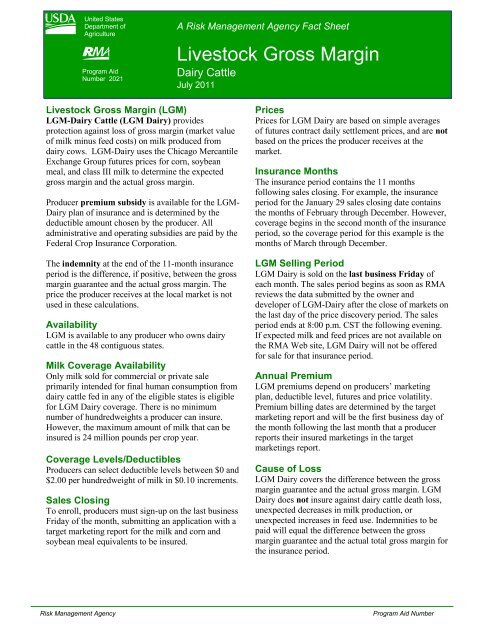
A manager should consider three constraints in estimating scope-cost time. They must take into account the project size and scope as well as the manager's knowledge. Time allowances must also be made for review and approval times. The longer the approval and review process takes, the more involved you will be. Here are some examples of how time contingency may help project management.
Problems with estimation scope cost time
It is essential to accurately estimate the scope cost time of a project. This process is very difficult when many unknowns are involved. It can be difficult or impossible to estimate costs and timeframes if the scope becomes too large. There are many options to make the process more efficient and avoid these problems.
One method is to involve the team members in the scope setting process. People will be able to better understand the project and feel more involved. This helps to ensure buy-in among team members and reduce friction. The downside to this approach is that there can be divergent ideas among the members.

Another option is to use a project management tool. This tool can help you to manage the project's cost over the long-term. It can help you determine the budget and time required for your project. In addition, it sets the parameters for the project life cycle. The project scope describes the project's work. This allows the project manager to make sure that the only necessary work is completed and that the project remains within budget.
Validation time for scope cost
Validating scope is an important step in project management. This allows the team to spot any problems that might occur during the project. A project that is expected to last two years and contain 100 deliverables may be hard for the project team. If deliverables have not been reviewed by the customer in time, it could make it difficult to identify problems. Validating the scope early allows the team to quickly resolve issues and avoid rework.
Validation requires that project documents are updated. It ensures that deliverables are delivered as planned. After deliverables are accepted they must be noted in project documents. This information will include information such as the date, budget forecasts, and any quality requirements.
Changes in the three constraints that impact scope cost time have an impact
When it comes to managing projects, it is important to keep the three constraints in mind: scope, time, and cost. Each is connected, so any change in one will affect the others. The three constraints also have trade-offs, and the more changes you make to one, the more changes you will have to make to the others.

The first constraint is scope. To be successful, your target market must hold at least 30%. Your project could be delayed if you don't meet this threshold. This is because a competitor releases similar products. You can still successfully complete the project if you can manage the changes within the constraints and keep cost and scope within your budget.
Once you have established your three limitations, it is time to share them with others. This allows you check that you aren't going overboard. To see how changes will impact your teams, consult with executives and heads of departments.
FAQ
What are the five management steps?
Planning, execution, monitoring and review are the five stages of any business.
Setting goals for the future requires planning. It includes defining what you want to achieve and how you plan to do it.
Execution is the actual execution of the plans. Everyone involved must follow them.
Monitoring is checking on progress towards achieving your objectives. This should involve regular reviews of performance against targets and budgets.
Each year, reviews are held at the end. They are a chance to see if everything went smoothly during the year. If not, it is possible to make improvements for next year.
Evaluation takes place after the annual review. It helps to determine what worked and what didn’t. It provides feedback about how people perform.
What kind people use Six Sigma?
Six Sigma is well-known to those who have worked in operations research and statistics. Anyone involved in business can benefit.
Because it requires a high level of commitment, only those with strong leadership skills will make an effort necessary to implement it successfully.
What are the four major functions of Management?
Management is responsible for planning, organizing, directing, and controlling people and resources. It also includes developing policies and procedures and setting goals.
Management helps an organization achieve its objectives by providing direction, coordination, control, leadership, motivation, supervision, training, and evaluation.
Management has four primary functions:
Planning - Planning refers to deciding what is needed.
Organizing - Organizing involves deciding how things should be done.
Directing – This means to get people to follow directions.
Controlling – Controlling is the process of ensuring that tasks are completed according to plan.
Statistics
- The average salary for financial advisors in 2021 is around $60,000 per year, with the top 10% of the profession making more than $111,000 per year. (wgu.edu)
- 100% of the courses are offered online, and no campus visits are required — a big time-saver for you. (online.uc.edu)
- The profession is expected to grow 7% by 2028, a bit faster than the national average. (wgu.edu)
- This field is expected to grow about 7% by 2028, a bit faster than the national average for job growth. (wgu.edu)
- The BLS says that financial services jobs like banking are expected to grow 4% by 2030, about as fast as the national average. (wgu.edu)
External Links
How To
How do you implement Quality Management Plans (QMPs)?
QMP, which was introduced by ISO 9001:2008, is a systematic approach to improving products, services, and processes through continuous improvement. It focuses on the ability to measure, analyze and control processes and customer satisfaction.
QMP stands for Quality Management Process. It is used to guarantee good business performance. QMP improves production, service delivery, as well as customer relations. QMPs should encompass all three components - Products and Services, as well as Processes. The QMP that only addresses one aspect of the process is called a Process QMP. If the QMP is focused on a product/service, it's called a QMP. And when the QMP concentrates on Customer Relationships, it is called "Customer" QMP.
Scope, Strategy and the Implementation of a QMP are the two major elements. They can be described as follows:
Scope: This is the scope of the QMP and its duration. This scope can be used to determine activities for the first six-months of implementation of a QMP in your company.
Strategy: This describes how you will achieve the goals in your scope.
A typical QMP has five phases: Planning (Design, Development), Implementation (Implementation), and Maintenance. Each phase is described below:
Planning: This stage is where the QMP objectives are identified and prioritized. To get to know the expectations and requirements, all stakeholders are consulted. Next, you will need to identify the objectives and priorities. The strategy for achieving them is developed.
Design: In this stage, the design team designs the vision and mission, strategies, as well as the tactics that will be required to successfully implement the QMP. These strategies are executed by creating detailed plans.
Development: The development team is responsible for building the resources and capabilities necessary to implement the QMP effectively.
Implementation is the actual implementation of QMP according to the plans.
Maintenance: This is an ongoing process to maintain the QMP over time.
In addition, several additional items must be included in the QMP:
Stakeholder Involvement: Stakeholders are important for the success of the QMP. They need to be actively involved in the planning, design, development, implementation, and maintenance stages of the QMP.
Initiation of a Project: A clear understanding and application of the problem statement is crucial for initiating a project. This means that the initiator should know why they want something done and what they hope for from the end result.
Time frame: It is crucial to know the time frame for the QMP. You can use a simplified version if you are only going to be using the QMP for short periods. If you are looking for a longer-term commitment, however, you might need more complex versions.
Cost Estimation. Cost estimation is another crucial component of QMP. You can't plan without knowing how much money it will cost. Cost estimation is crucial before you begin the QMP.
QMPs are not just a written document. They should be a living document. It can change as the company grows or changes. It should be reviewed on a regular basis to ensure that it is still meeting the company's needs.